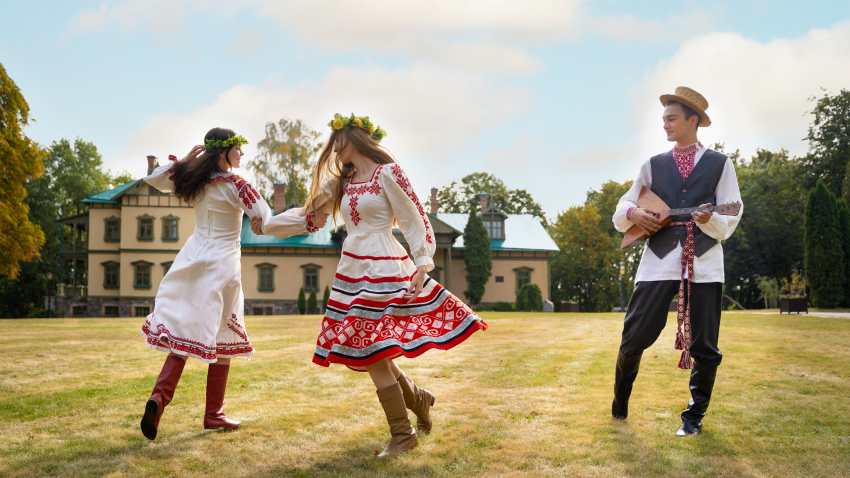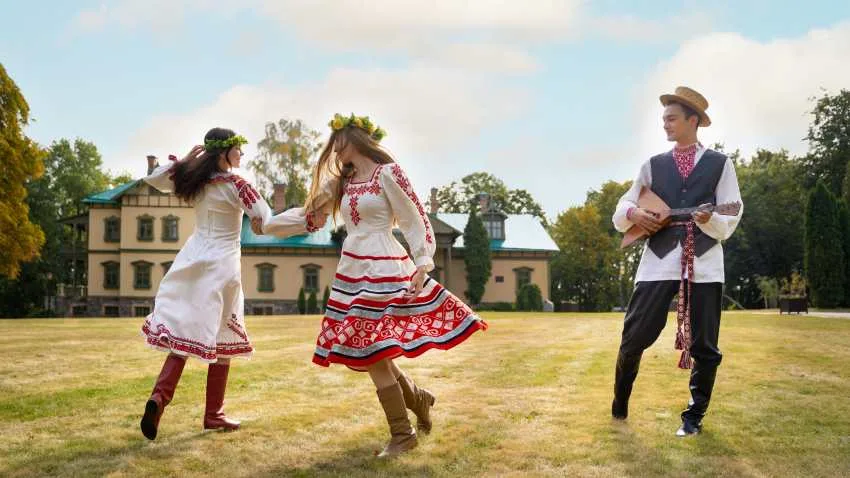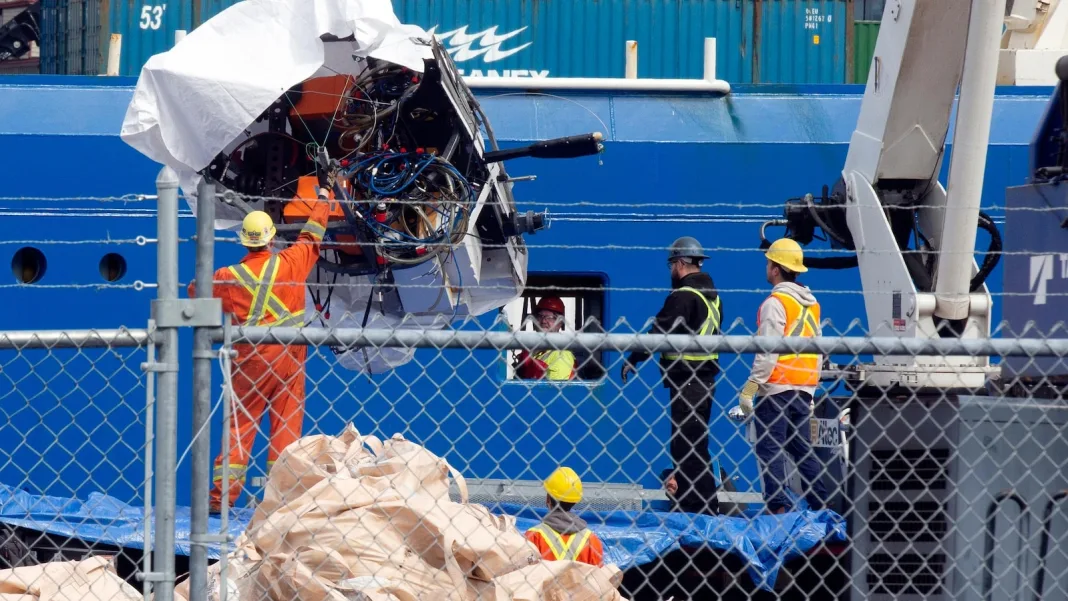Wednesday, August 6, 2025

Each year, the world’s most vibrant cultural festivals take place in destinations known for their artistic contributions to global culture. From Scotland’s celebrated arts and fringe festivals to the lively festivals in Spain, Japan, and Australia, these events not only showcase international talent but also have a powerful impact on tourism. However, despite these festivals’ rising international prominence, there’s an ongoing conversation about how these regions could better leverage their cultural festivals to highlight local artists and work while driving tourism and economic growth.
This article explores how Scotland, Spain, Japan, and Australia can enhance their tourism through cultural festivals by promoting local talent and embracing new ideas, ensuring that they continue to thrive on the global stage.
1. Scotland’s Festival Scene: Time for a Local Focus?
Scotland has long been a beacon of cultural celebration, particularly through its famous Edinburgh Festivals. Held every August, these events bring together the Edinburgh International Festival, the Fringe, the Book Festival, and the Art Festival, transforming the city into a bustling hub for the world’s best talent. Thousands of artists, performers, and thinkers gather to showcase their work, contributing to Scotland’s rich cultural tapestry.
However, while the festivals attract an impressive array of international talent, there’s an emerging concern that Scotland itself is not fully capitalizing on its role as the host of these major events. International artists and performers from countries like the U.S., Australia, and Canada receive significant backing, while local talent often struggles to gain equal visibility. In interviews, Fringe performers often report that while the festival brings in hundreds of international performances, there is a noticeable lack of Scottish content at times, which can undermine the opportunity to showcase the nation’s own evolving arts scene.
The key challenge here is not the lack of talent but rather the promotion of local work. Scotland, being the host of such renowned festivals, has the distinct advantage of being the birthplace of these cultural experiences. Yet, there seems to be a missed opportunity in amplifying the voices of Scottish artists and companies. By focusing more attention on local creators, these festivals could further boost Scotland’s cultural economy, attracting more tourists who are specifically interested in experiencing authentic Scottish creativity.
2. Spain’s Festivals: From Flamenco to Fiestas, A Tourism Powerhouse
While Scotland grapples with local representation, Spain has long made a name for itself with its iconic festivals that showcase not only traditional and modern artistic expressions but also attract millions of tourists each year. Events like La Tomatina in Buñol, the Running of the Bulls in Pamplona, and the Semana Santa (Holy Week) festivals across various regions, have become synonymous with Spanish culture.
The Fallas Festival in Valencia is another prime example, where massive sculptures are erected and then burned in a dazzling display of fire and art. The festival has not only contributed to Spain’s cultural identity but has also had a remarkable effect on tourism. Each year, thousands of tourists arrive to witness the spectacle, which brings significant revenue to local businesses, from restaurants to hotels and souvenir shops.
However, Spain could further amplify the global tourism impact by introducing more initiatives to promote local artists during these festivals. While international visitors come for the tradition, embracing and showcasing the work of Spanish contemporary artists would give tourists a deeper connection to Spain’s diverse cultural landscape.
3. Japan: From Tradition to Modernity at Cultural Festivals
In Japan, festivals such as the Awa Odori dance festival in Tokushima, the Sapporo Snow Festival, and the world-famous Gion Matsuri in Kyoto celebrate not only the country’s rich traditions but also the modernity and innovation embedded in Japanese culture. These events attract millions of visitors, both international and local, highlighting Japan’s unique blend of ancient rituals and contemporary artistry.
One of Japan’s most prominent festivals is the Hamamatsu Kite Festival, which brings together kite enthusiasts from across the globe. It’s a great example of how local traditions—such as the Japanese art of kite making—can draw in a global audience while keeping cultural practices alive. The festival’s historical and cultural significance serves as a major tourism draw, with travelers flocking to Hamamatsu to witness the spectacle of large traditional kites battling in the sky.
Yet, there’s still untapped potential in Japan’s festivals. While they effectively showcase local traditions, there’s an opportunity to focus more on emerging local artists and innovators, particularly in the Tokyo and Osaka regions, where contemporary arts are rapidly evolving. Integrating more modern works alongside traditional performances could add depth to the already incredible tourism experiences, offering tourists a fuller picture of Japan’s artistic dynamism.
4. Australia’s Cultural Festivals: A Gateway for Global Artists and Local Talent
Australia is another key player in the global festival scene, with events like the Sydney Festival, the Melbourne International Comedy Festival, and the Adelaide Festival drawing massive crowds each year. These festivals are not just about entertainment—they play a critical role in promoting Australia’s rich cultural landscape and bolstering its tourism industry.
Similar to Scotland, Australia faces a paradox: while it is home to some incredible local talent, the global stage often favors international artists and performances. This is particularly noticeable at major cultural events where international acts receive more attention than their Australian counterparts. Despite this, the government and private sectors are working hard to amplify local voices, offering grants and support to Australian artists.
Australia’s unique festivals, such as the Melbourne International Comedy Festival, offer international visitors a fresh perspective on local humor and creativity, which is why it continues to be a major draw for global tourists. However, there is room to further elevate Australian talent, particularly within the visual and performing arts sectors, creating a more balanced platform for local artists while continuing to welcome international performers.
5. Global Impact of Cultural Festivals: Tourism, Economy, and Cultural Exchange
Cultural festivals are increasingly seen as a powerful tool for tourism, both locally and globally. These festivals attract not only international visitors but also foster cultural exchange and community building. Countries like Scotland, Spain, Japan, and Australia can further capitalize on these events by balancing international exposure with a focus on local talent.
The global tourism industry benefits immensely from these festivals, as they create unique experiences that travelers cannot replicate anywhere else. Beyond tourism revenue, these events also drive innovation and cultural exchange, enriching both local and global artistic landscapes. By promoting local artists and works, countries can ensure that their festivals not only celebrate international creativity but also highlight the uniqueness of their own cultural heritage.
As cultural festivals continue to evolve, countries should strive for a balance between showcasing international talent and elevating local artists. This will not only provide richer experiences for tourists but will also help strengthen the cultural identity of the host nations. Whether through Scotland’s Edinburgh Festivals, Spain’s Fallas Festival, Japan’s Awa Odori, or Australia’s Melbourne Comedy Festival, the power of cultural festivals to drive tourism and cultural exchange remains undeniable.
In conclusion, global cultural festivals are a driving force in tourism, offering immersive experiences that highlight local and international talent. By focusing more on promoting local work, nations can further enhance the impact of these festivals on the tourism economy and ensure that their unique cultural identities are celebrated on a global stage.







